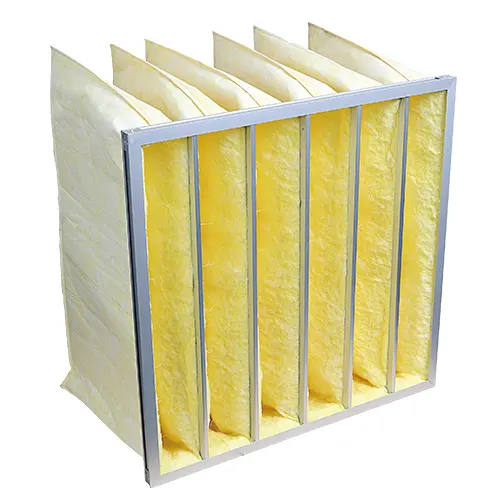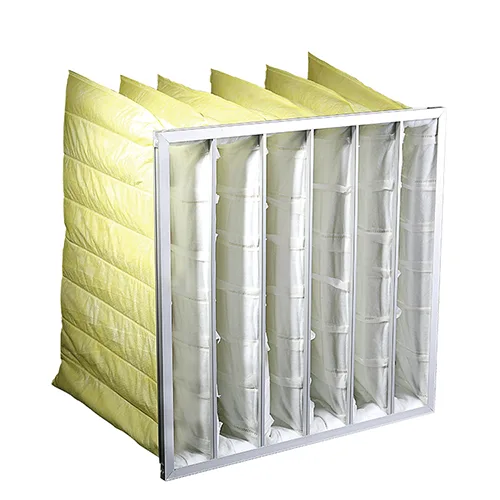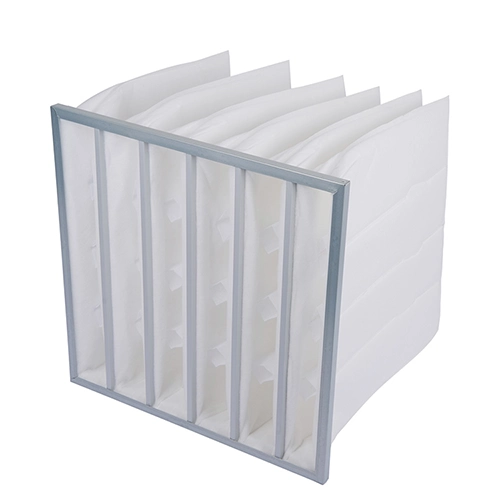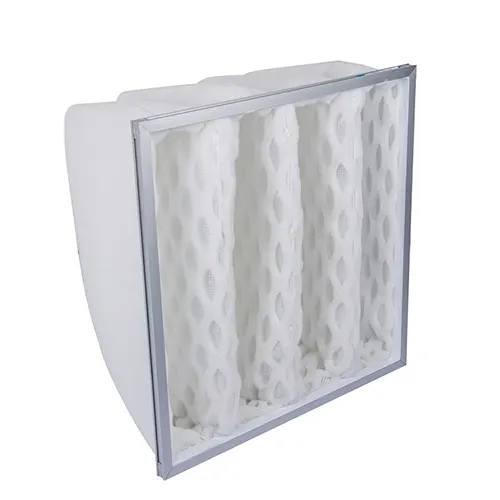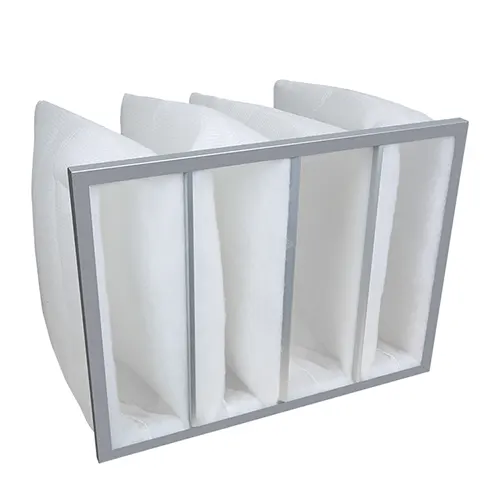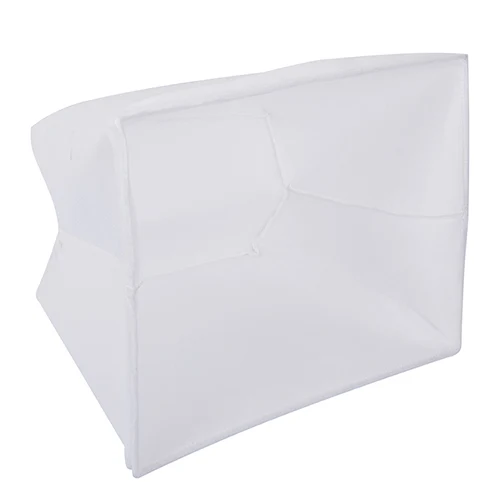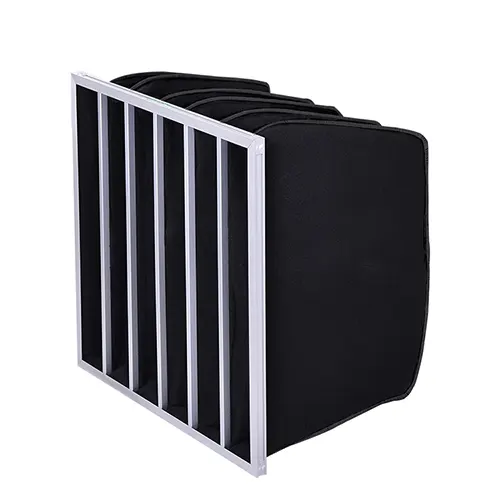Principles of Operation and Design of Pocket Filters
The quest for clean air in indoor spaces has never been more critical, with environmental pollutants and airborne pathogens posing a constant challenge to health and well-being.
Within the arsenal of tools available to combat these invisible threats, pocket filters emerge as a standout solution, offering a blend of efficiency, reliability, and versatility.
What Are Pocket Air Filters?
Pocket filters are a type of air filter used in various air handling systems to capture airborne particles from the air.
They are known as “pocket” filters because of their unique design, which consists of several individual non-woven fabric pockets attached to a frame.
This design is particularly effective in trapping dust, pollen, mold spores, and other airborne particulates, making them a popular choice in HVAC systems, manufacturing plants, and residential applications.
Pocket Filter Working Principle
The operation of pocket filters is based on a simple yet effective principle.
Air passes through the fabric pockets, where particles are captured on the surface and within the fibers of the filter media. The efficiency of pocket filters in trapping particles depends on several mechanisms, including direct interception, inertial impaction, and diffusion.
This multi-faceted approach ensures that even very fine particles are efficiently removed from the air.
Factors Influencing Efficiency and Performance
The efficiency and performance of pocket filters are influenced by a myriad of factors, each playing a critical role in how effectively these filters clean the air passing through them.
The Airflow Rate
High airflow rates might push particles through the filter media, reducing efficiency, whereas too low airflow rates can lead to unnecessary energy consumption and operational costs.
Furthermore, the size of the particles being filtered is important; finer particles require higher MERV-rated filters for effective capture, while larger particles can be effectively trapped by filters with lower efficiency ratings.
The Design and Filter Media
Filters with denser media or higher fiber counts can capture more particles but may result in higher pressure drops across the filter, affecting the overall energy efficiency of the HVAC system.
Conversely, filters designed with less dense media might offer lower resistance to airflow but at the expense of filtration efficiency.
This balance between air resistance and particle capture efficiency is crucial for optimizing both air quality and energy use.
Other factors such as humidity, temperature, and the presence of chemicals or oils in the air can affect the filter media’s integrity and filtration capacity.
Selecting a pocket filter with the appropriate material and design for the specific application and environmental conditions is essential for maintaining optimal filtration performance.
Design Features of Pocket Filters
The main goal of the filter design is to balance high filtration efficiency with minimal airflow resistance, ensuring indoor air quality maintenance without significantly burdening HVAC systems.
Material Composition
Pocket filters are primarily made from synthetic fibers like polyester or polypropylene, which provide a blend of durability, moisture resistance, and excellent filtration capabilities.
The non-woven fabric is designed to trap particles without becoming easily clogged, extending the lifespan of the filter under continuous use.
Pocket Structure
The signature feature of pocket filters is their pockets, which extend from a rigid header frame.
These pockets can vary in depth, usually ranging from a few inches to over a foot, providing a large surface area for particle capture. The number of pockets in a filter can also vary, affecting both the filter’s total capacity for dust and its overall efficiency.
This segmented design allows for uniform airflow distribution across the filter, ensuring that each pocket contributes to particle capture without becoming a point of airflow restriction.
Aerodynamic Design
Designed with aerodynamics in mind, pocket filters feature tapered designs and strategic spacing to reduce air resistance and optimize particle capture, without significantly impacting pressure drop.
Filtration Media Efficiency
Classified by MERV ratings, pocket filters’ ability to capture specific particle sizes is key to their suitability for areas needing strict air quality control. Their media design is tailored to achieve desired efficiency levels.
Seal and Frame Integrity
Designed to prevent air bypass with airtight seals and durable frames, pocket filters ensure thorough filtration and maintain structural integrity and effectiveness throughout their use.
Maintenance and Replacement
Maintaining pocket filters is essential for sustained air quality and system efficiency. Regular inspection and timely replacement of filters are crucial, as clogged filters can significantly impact airflow and energy consumption.
Recognizing the signs of wear and understanding the optimal replacement schedule can help ensure the longevity and performance of air filtration systems.
CleanLink Offers Premium Pocket Filters
Our pocket filters are engineered with top-grade materials and state-of-the-art design features to capture a broad spectrum of airborne particles, from dust and pollen to more harmful contaminants.
Each filter is crafted to provide a high dust-holding capacity, minimizing maintenance and maximizing the lifespan of your air filtration system.
Conclusion
Understanding the principles of operation and design of pocket filters is key to maximizing their benefits. With the right selection and maintenance, pocket filters can significantly improve indoor air quality, contributing to healthier and more comfortable environments.
As we continue to navigate the challenges of air pollution, the role of effective filtration solutions like pocket filters becomes ever more critical.
